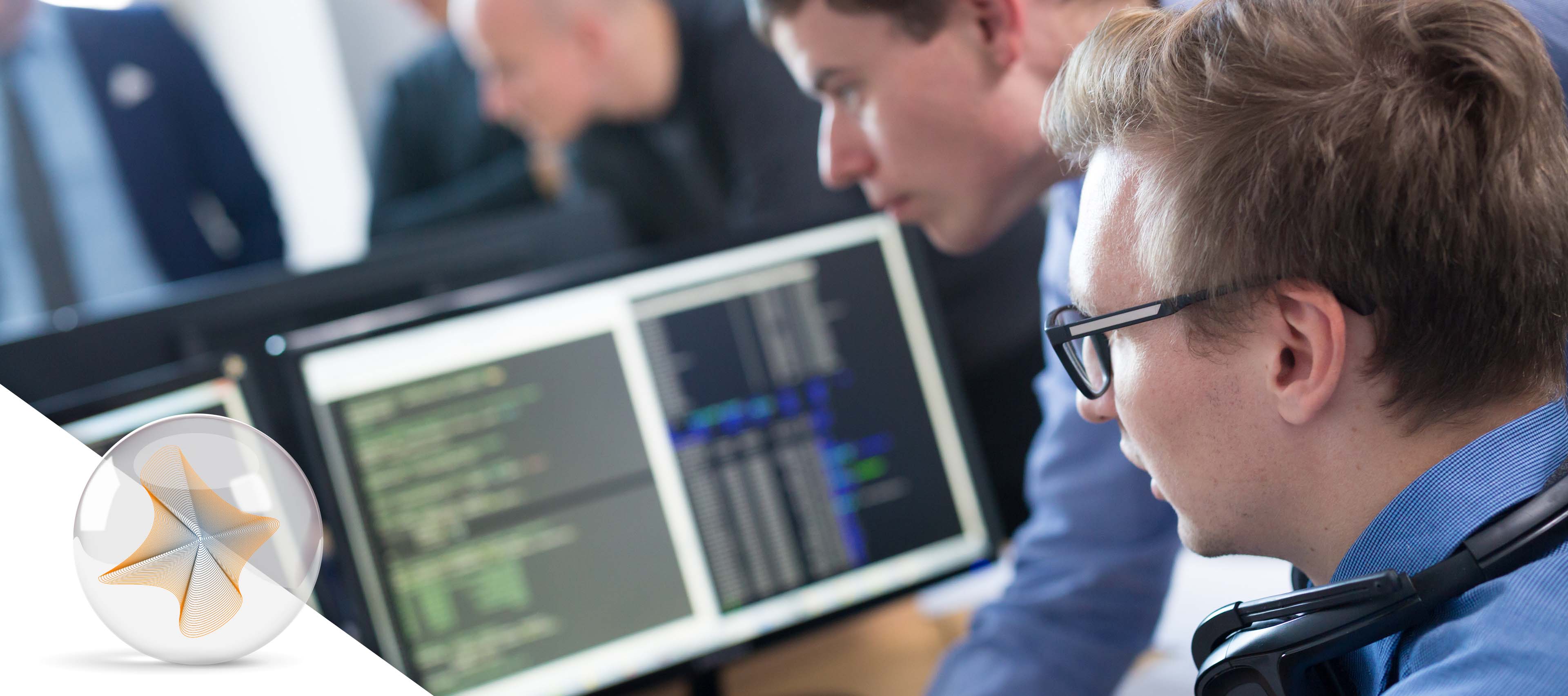Communities of innovation: Ready for reinvention
Wikipedia, the omnipresent online encyclopedia edited by millions of users around the world, is the first example that comes to mind when people are asked to describe a community of innovation. But the COVID-19 pandemic also provides them with examples that are closer to home. Companies that offer to manufacture masks or respirators even though they do not operate directly in the health sector illustrate the phenomena studied by these professors: the openness to innovation and the contribution of external actors.

Though the democratization of the web has caused a veritable explosion of communities of innovation, their relationship to organizations is not new and acts as a powerful innovation accelerator.
Generally speaking, the biggest users of a product or service know it like the back of their hand, warts and all—sometimes even better than those who designed it. When they come together and new ideas, areas for improvement or even innovative or visionary solutions emerge—in collaboration with the innovating organization—you have a community of innovation.
Patrick Cohendet and Laurent Simon, both Full Professors at HEC Montréal, are very interested in this strong trend taking hold in the business ecosystem. Cohendet specializes in international business and Simon works in the Department of Entrepreneurship and Innovation at the renowned business school. Together with their colleagues, they are studying the growing impact of communities of innovation on organizations of all stripes.
From potato chips to medical advances
Examples abound. The two professors-researchers can rattle off a list at the drop of a hat: tech giants organizing programming marathons (commonly called “hackathons”); museums that encourage visitors to rethink the entire museum experience; a famous potato chip brand that gives consumers free rein each year to create crazy flavours that later make it to the shelves; cities that work with citizen committees to explore important issues such as mobility or urban planning; medical and hospital environments that make use of information gathered by patients, caregivers or external entrepreneurs.
“It was in this collaborative spirit that, in the early 1990s, parents of children with myopathy—an orphan disease largely unknown in the medical community—began faxing each other information about the symptoms they were seeing in their children and the efficacy of treatments,” says Cohendet. “This community of parents has made a huge contribution to advancing the study of this disease, which now has its own telethon and one of the largest charitable foundations in the sector.”
A win-win
The team’s main finding is unequivocal: the creativity of communities that form around a common passion is a powerful source of innovation for companies and organizations … when they listen, of course. But what motivates people to invest in an organization’s innovation process on their own initiative?
“Some brands, like Microsoft, have programs that reward users who contribute to significant advances,” explains Simon. “For communities, there is also the appeal of co-designing or co-creating something and the feeling that they are contributing to a collective effort that they find compelling and meaningful.”
Of course, these innovative practices break with traditional management models. We are witnessing a major transformation. We need to rethink the idea of the firm, argue the HEC Montréal researchers, from the standpoint that useful and value-generating contributions can emerge from beyond its formal boundaries. We need to rethink the role of human resources in a business in order to mobilize and engage employees who can themselves form an innovation-generating community. We need to rethink the way we train tomorrow’s managers: as community orchestrators.
Because, according to Patrick Cohendet and Laurent Simon, today’s leaders no longer have a choice: they must listen to the ideas that emerge from these communities if they want their organization to succeed in the long term.
